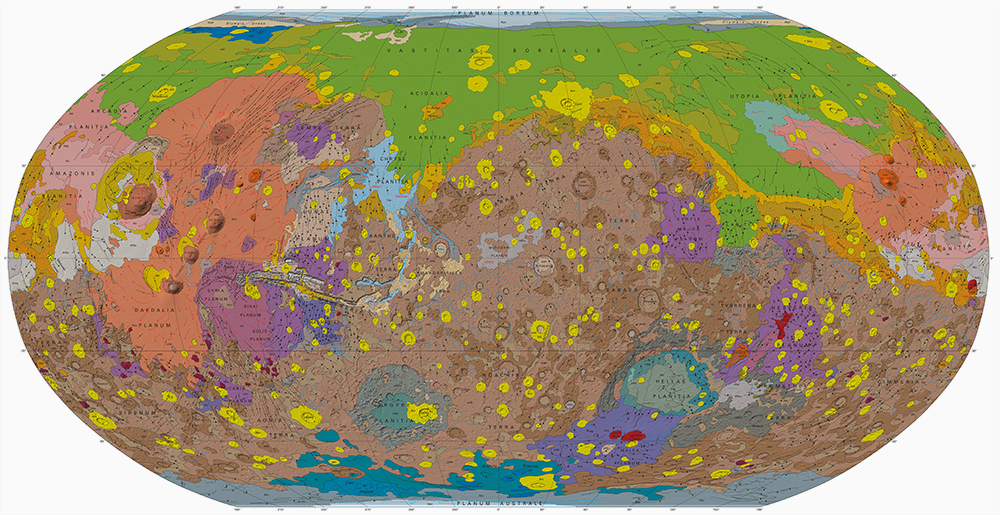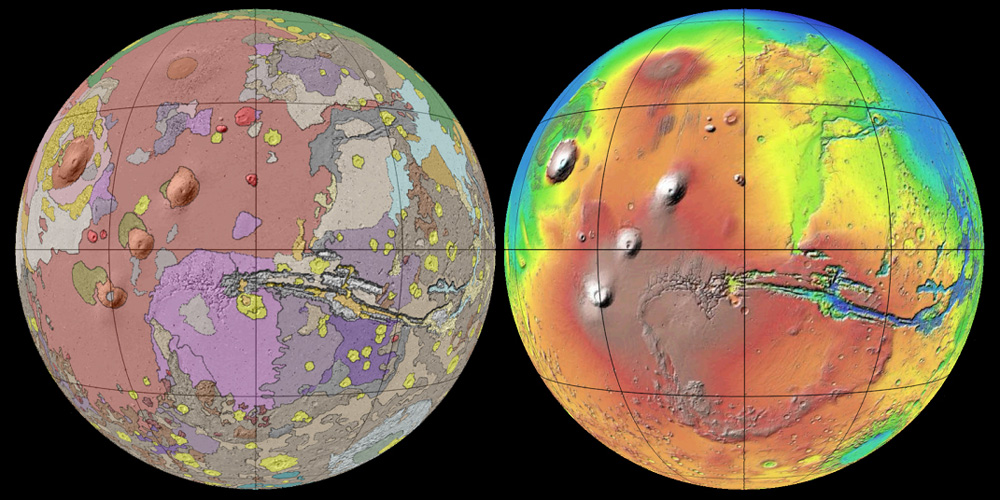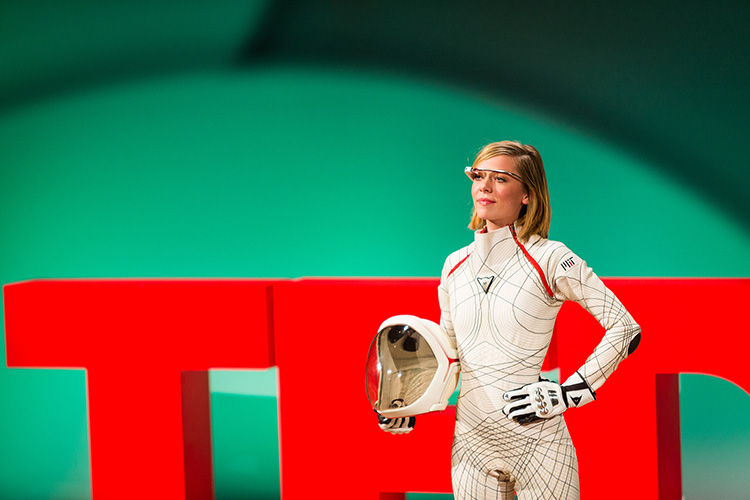NASA recently released a new prototype spacesuit for future Martian exploration. The Z-2 design can effectively “dock” with a Mars rover or with some sort of habitation placed on the surface.
buy xenical online https://www.sanjeevanam.com/products/wp-content/languages/new/xenical.html no prescription
A little like this:
A major advantage of this sort of design is that you can keep the Martian dirt on the outside and never track it through an airlock.
Of course, this design will likely go through many more iterations in the next two decades leading up to launch.
buy cialis oral jelly online https://www.sanjeevanam.com/products/wp-content/languages/new/cialis-oral-jelly.html no prescription
If you want to get involved, NASA is looking for new astronauts! The job application opens in December, 2015. You need to have at least a bachelor’s degree in Science, Engineering, or Math with a few years of experience in those fields. Best of luck!
-RSB

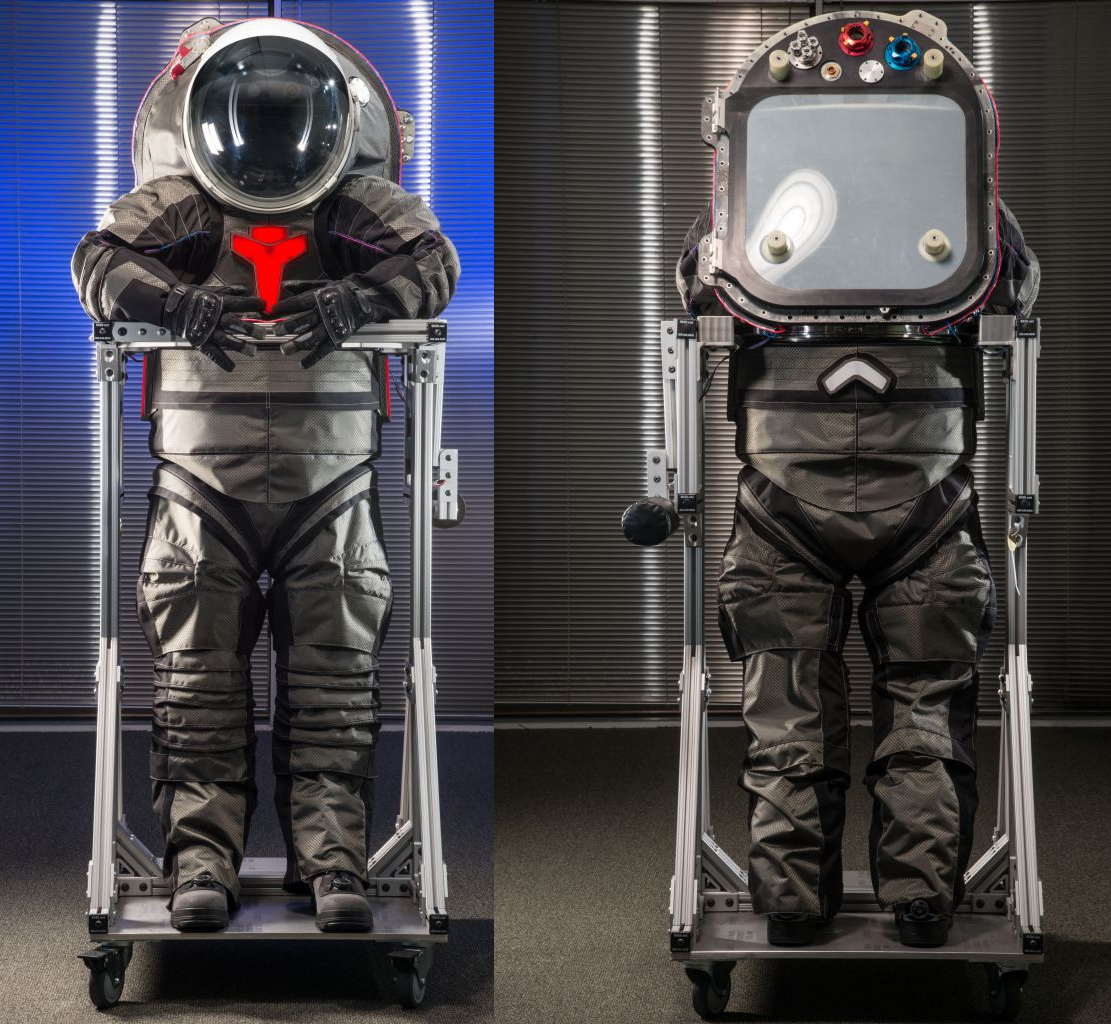
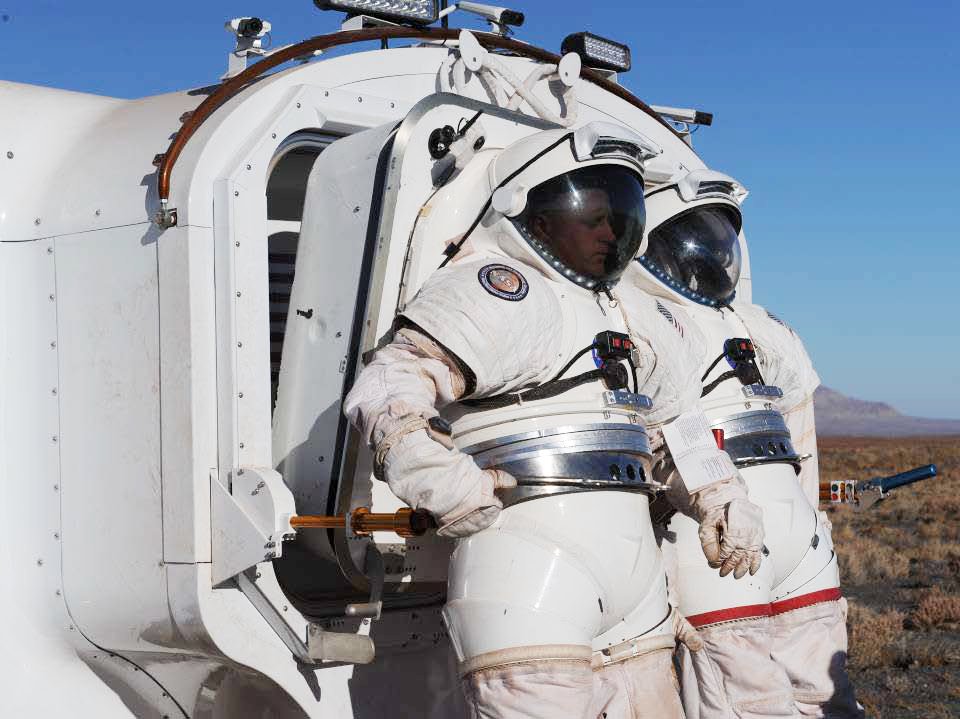
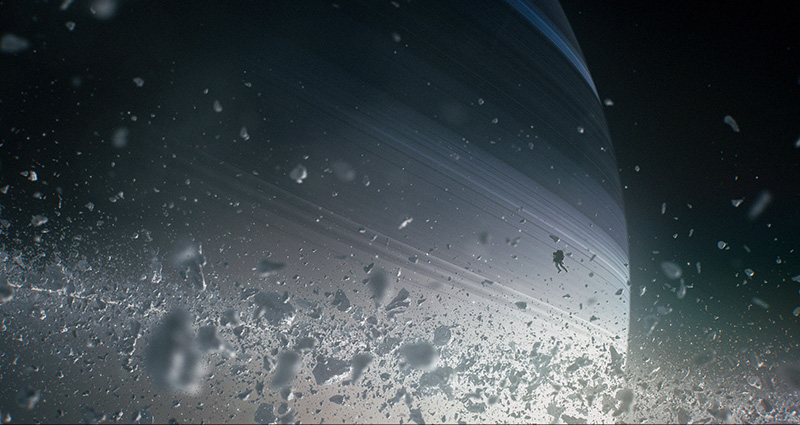
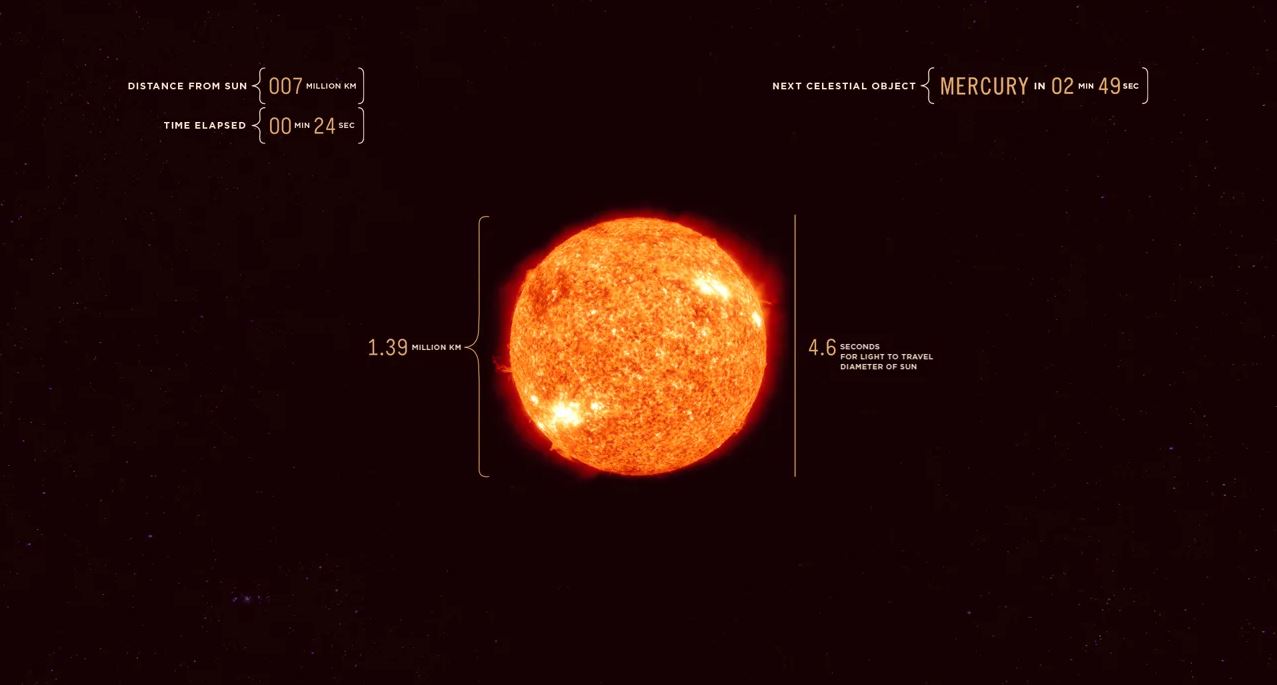
![Hydrolab Training, I.S.S., Yuri Gagarin Cosmonaut Training Center [GCTC], Star City, Zvyozdny gorodok, Russia, 2007.](http://www.robotspacebrain.com/wp-content/uploads/2014/09/The-Space-Project-Vincent-Fournier-5.jpg)
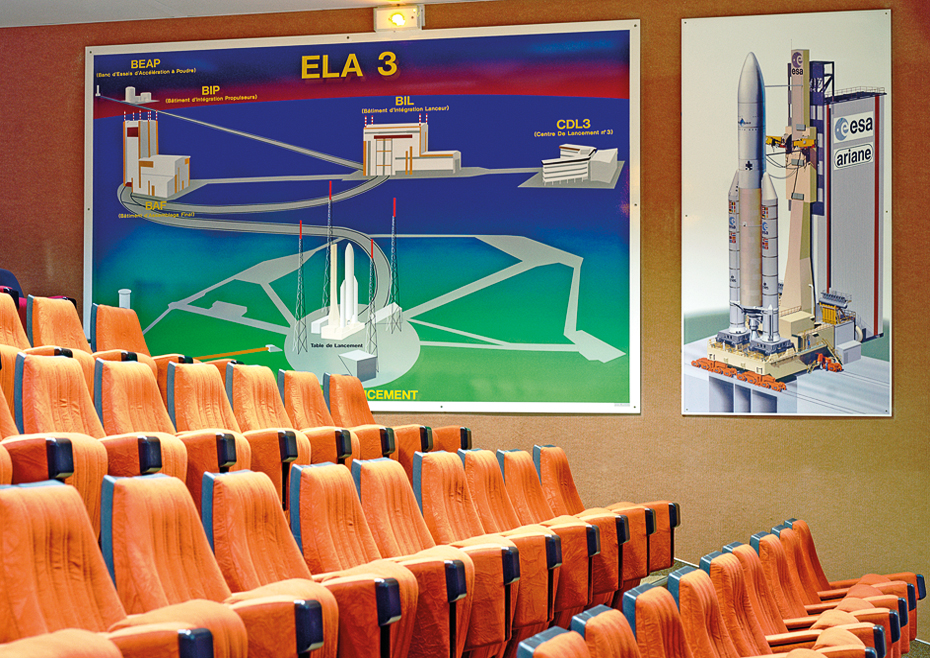
![Apollo Control Room, John F. Kennedy Space Center [NASA], Florida, U.S.A., 2011.](http://www.robotspacebrain.com/wp-content/uploads/2014/09/The-Space-Project-Vincent-Fournier-1.jpg)
![Ergol #4, S1B clean room, Arianespace, Guiana Space Center [CGS], Kourou, French Guiana, 2011](http://www.robotspacebrain.com/wp-content/uploads/2014/09/The-Space-Project-Vincent-Fournier-6.jpg)
![Space Helmet, Extravehicular Visor Assembly, John F. Kennedy Space Center [NASA], Florida, U.S.A., 2011](http://www.robotspacebrain.com/wp-content/uploads/2014/09/The-Space-Project-Vincent-Fournier-7.jpg)
![Mars Desert Research Station #2 [MDRS], Mars Society, San Rafael Swell, Utah, U.S.A., 2008](http://www.robotspacebrain.com/wp-content/uploads/2014/09/The-Space-Project-Vincent-Fournier-8.jpg)
![Mars Desert Research Station #1 [MDRS], Mars Society, San Rafael Swell, Utah, U.S.A., 2008](http://www.robotspacebrain.com/wp-content/uploads/2014/09/The-Space-Project-Vincent-Fournier-9.jpg)
![Plateau de Bure Observatory #3 [IRAM], Grenoble, F 78 French Alps, 2006](http://www.robotspacebrain.com/wp-content/uploads/2014/09/The-Space-Project-Vincent-Fournier-3.jpg)
